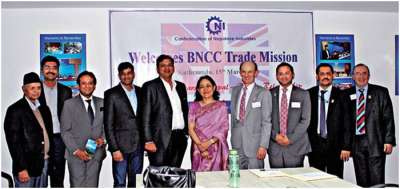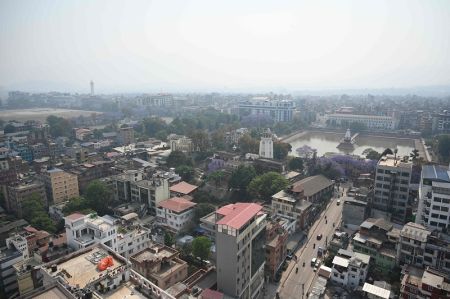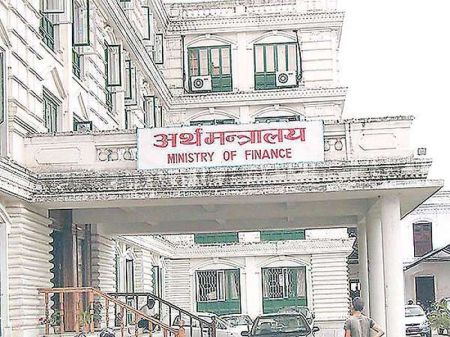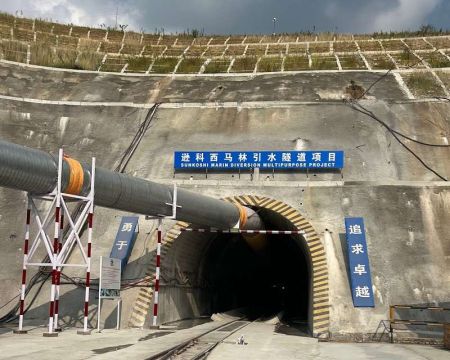--By Siromani Dhungana
What does ‘Made in Nepal’ stand for? The Nepali products cannot get foothold in global market unless manufacturers cannot answer this question. Young entrepreneurs, Non-Resident Nepalis (NRNs), industrialists and even bureaucrats often talk about making Brand Nepal visible. It, however, has been more than evident that they have ignored or neglected bottlenecks to make the brand Nepal visible.
“Nepali products lack competitiveness. High lending rate and unnecessary labour cost have resulted in higher production cost of Nepali products,” says economist Rameshore Khanal.
Another crucial issue is quality. Economist Sujeev Shakya opines, “Made in Nepal tag should not be equivalent to substandard products. Quality is key issue and our products cannot get good reputation unless we can assure it.”
Nepal could make its own identity in agro and herbs products if there would have been a lab that could assure quality, said Khanal. Developed countries give high priority to quality while importing agro products, he said. But Nepal lacks even a standard lab.
Honey and other products could get market if we had been able to assure their quality.
Some Nepali brands are finding markets in other countries. But the question is: are they commercialized? Generally, Nepali products are focused on niche segments that are too small, said young entrepreneur Sabda Gyawali.
In fact, Made in Nepal products have still a long journey to go in terms of commercialization. It is harsh reality that foreigners do not buy Nepali products because of its commercial value but as a souvenir or showpiece or for aesthetic, Gyawali shared with The Corporate.
Nepali manufacturer should be able to create unique selling point (USP) of their products, agreed Samir Thapa, president of Nepalese Young Entrepreneurs’ Forum that organizes Made in Nepal expo every year.
Experts, however, point out that the current modalities of promotional activities are very effective. “It is quite ironical that we target Nepali Diaspora population even if we organize Made in Nepal expo abroad,” an economist told The Corporate.
Nepali manufacturers’ failure to tap evolving market is another reason. Researcher and member of NYEF Manish Jha said that Nepali manufacturers have failed to identify their target market. Export to Europe and USA has been quite rhetorical, he said. “It is time to seek evolving market like South Asia which is more convenient to Nepali exporters.”
It is important to emphasise here that we need to invest in various aspect including that of branding, marketing skills, technology and networking before ‘Made in Nepal’ tag gains recognition and respect in the global market.
























